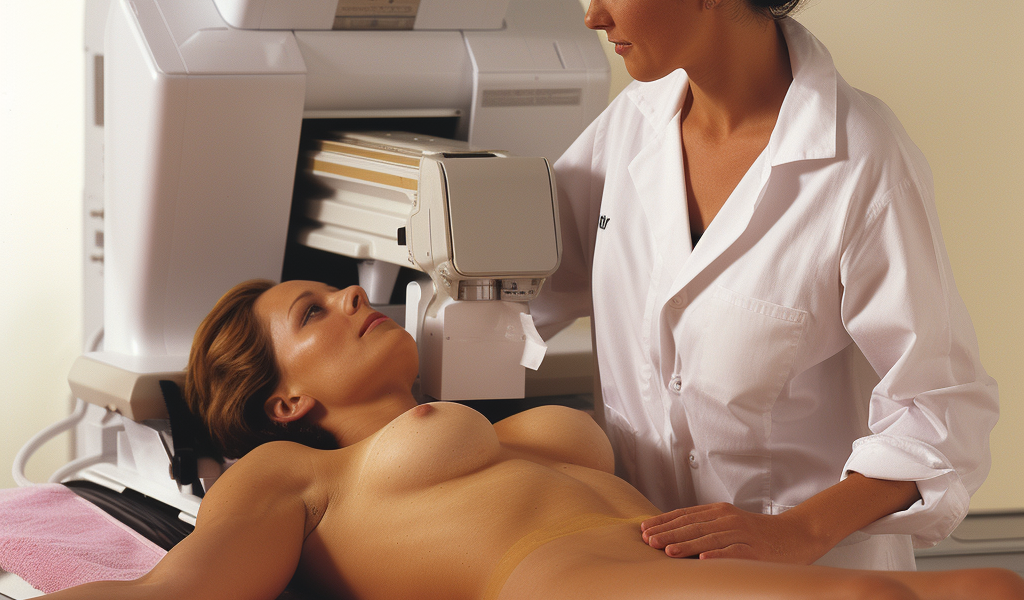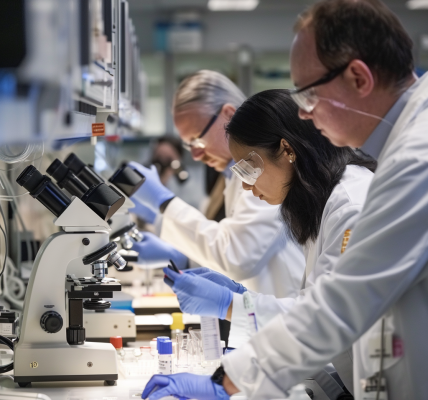An innovative breast imaging technique has been found to provide high sensitivity for detecting cancer while significantly reducing the likelihood of false positive results, according to a study published today in Radiology: Imaging Cancer, a journal of the Radiological Society of North America (RSNA). The new approach could revolutionize breast cancer detection and potentially offer more reliable screening for a broader range of patients.
Mammography, although effective, has reduced sensitivity in dense breast tissue due to the masking effect of overlying dense fibroglandular tissue. As a result, many patients with dense breasts require additional breast imaging, often with MRI, after mammography.
Low-dose positron emission mammography (PEM) is a novel molecular imaging technique that provides improved diagnostic performance at a radiation dose comparable to that of mammography. In a study involving 25 women recently diagnosed with breast cancer, PEM displayed comparable performance to MRI, identifying 24 of the 25 invasive cancers (96%) with a false positive rate of only 16%, compared with 62% for MRI.
PEM could potentially decrease downstream healthcare costs as it may prevent further unnecessary workup compared to MRI. Additionally, the technology is designed to deliver a radiation dose comparable to that of traditional mammography without the need for uncomfortable breast compression. The integration of high sensitivity, lower false-positive rates, cost-efficiency, acceptable radiation levels without compression, and independence from breast density positions this emerging imaging modality as a potential groundbreaking advancement in the early detection of breast cancer.
According to study lead author, Dr. Vivianne Freitas, low-dose PEM offers potential clinical uses in both screening and diagnostic settings, marking a significant step forward in breast cancer care.





